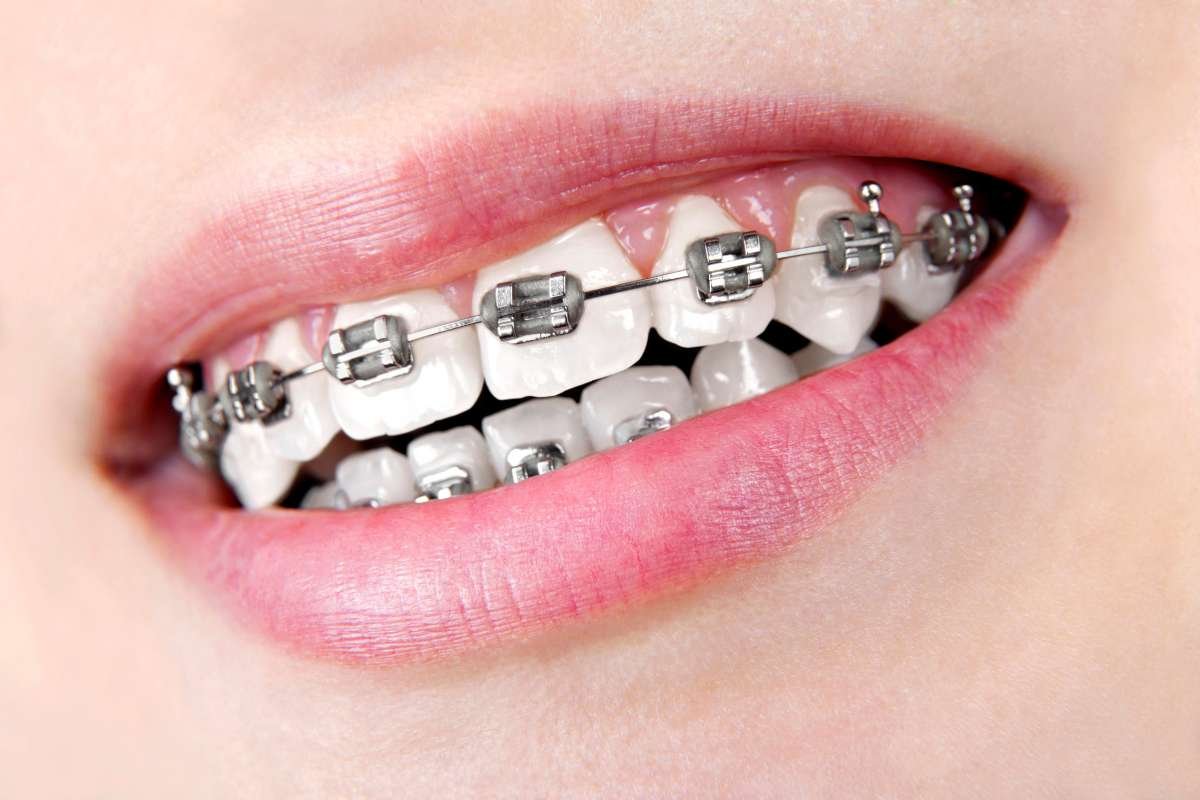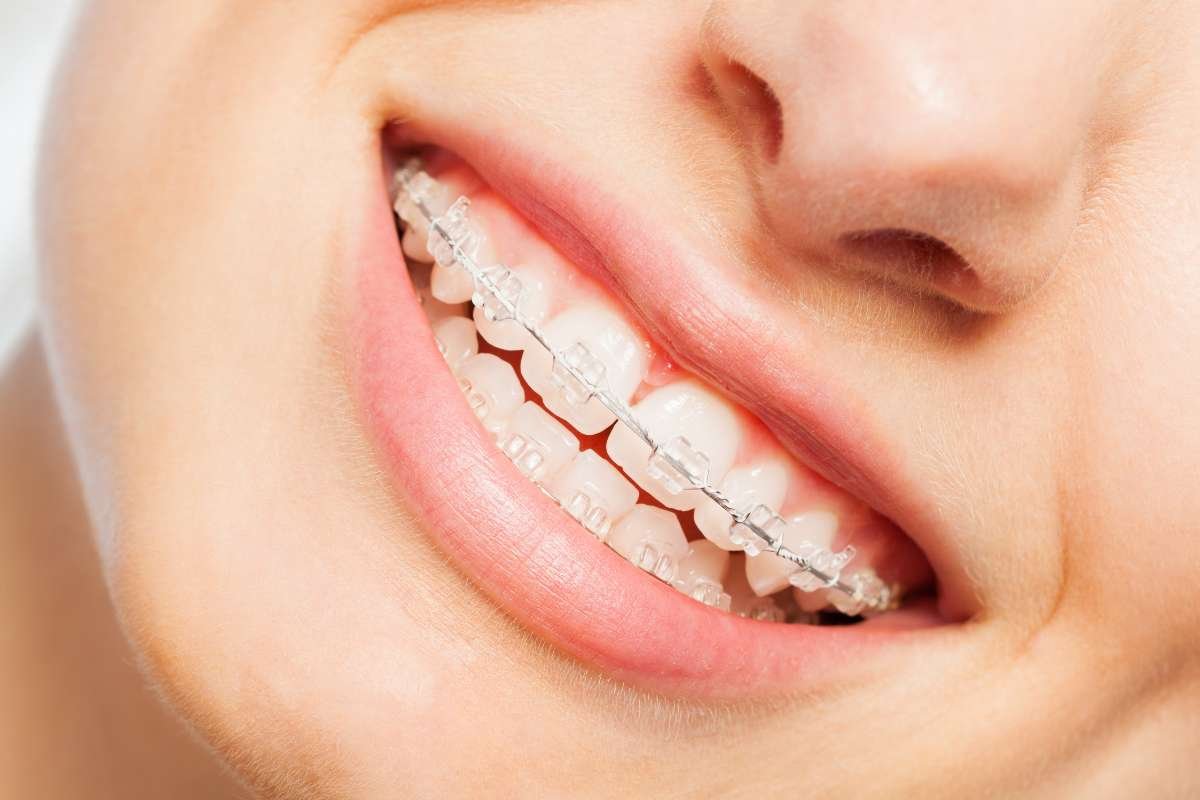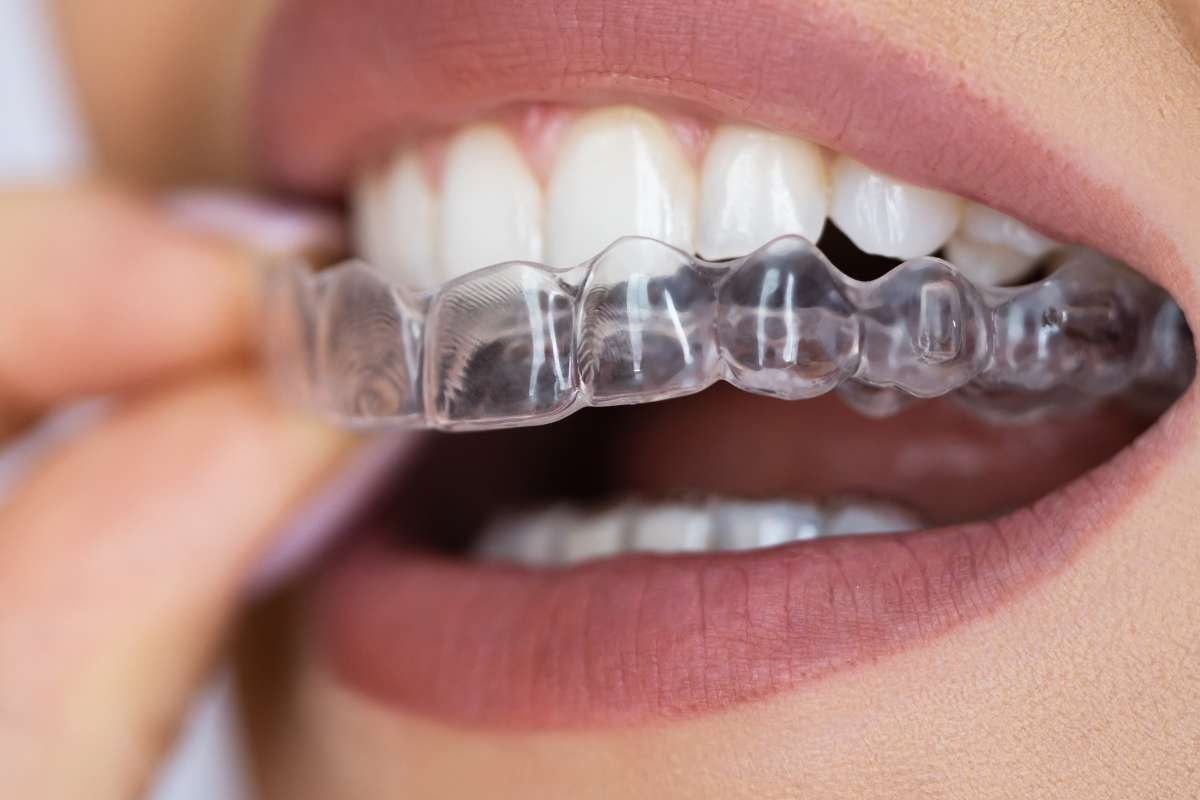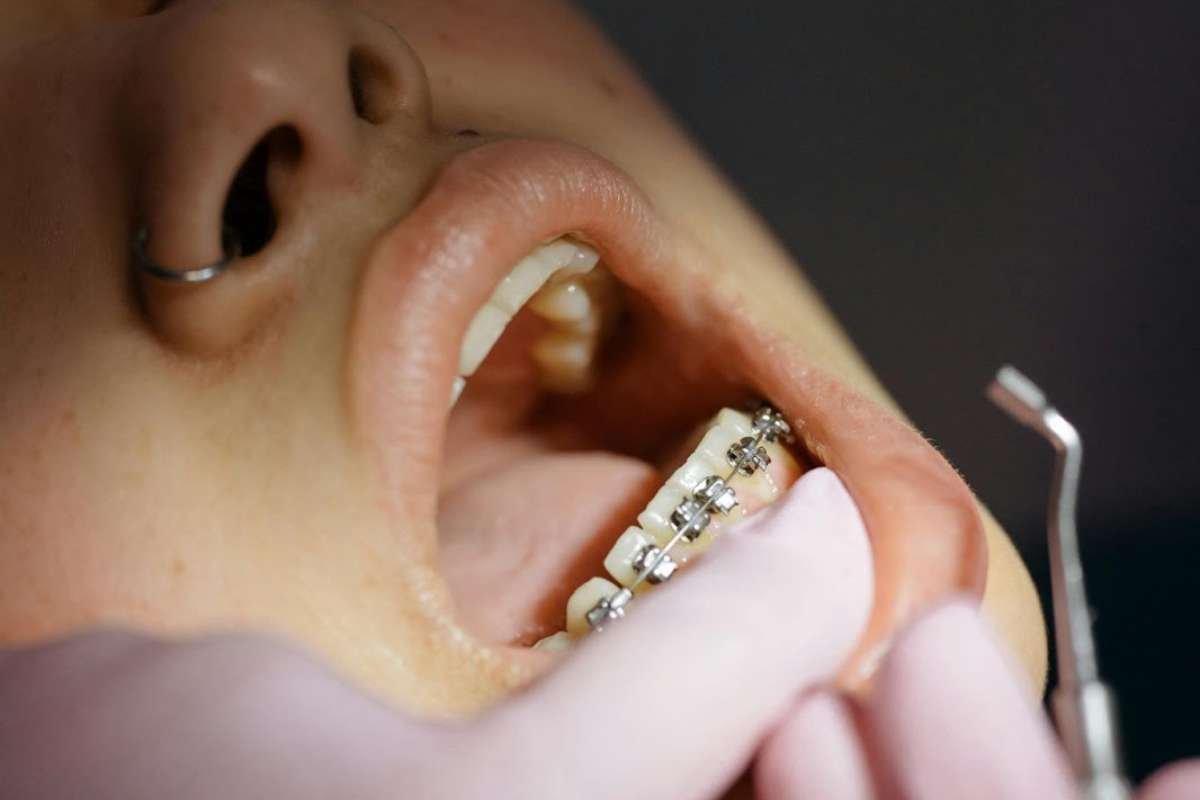Are your teeth wonky? Overcrowded? Gappy? Teeth straightening can sort out all of these problems. But just what type of teeth straightening should you invest in? There are several different methods of straightening teeth ranging from traditional methods like metal braces to modern methods like clear aligners. This post compares the different types of teeth straightening to help you find the right solution.
Here Are the Best Teeth Straightening Options
1. Metal braces

Metal braces are the most traditional method of teeth straightening. They are still very popular today – mostly among teenagers – and are often recommended by orthodontists for complex cases.
These braces consist of a metal wire that is held in place by brackets attached to each tooth with an adhesive. Elastic bands are used to provide force on the metal wire and guide the teeth into place.
Because metal braces are fixed to the teeth, they can make brushing a little more difficult and you may not be able to eat certain foods with them in. They are also the most visible type of braces, which may be a concern to some people.
A benefit of metal braces is that they are the most affordable form of teeth straightening and often the most effective for major misalignment problems.
2. Ceramic braces

Ceramic braces are similar to metal braces in design in that they consist of a wire and brackets. However, they are designed to be tooth-colored so that they are less visible.
Like metal braces, ceramic braces are suitable for complex cases, but are a more subtle alternative – making them popular among adults. Some people also find them more comfortable than metal braces due to them being smoother.
Diligent cleaning and careful eating habits are required to prevent them from staining. They also typically cost more than metal braces.
3. Lingual braces
Lingual braces are a style of metal braces. Unlike standard metal braces in which the wire runs around the front of the teeth, lingual braces consist of a wire and brackets fitted to the back of the teeth. This makes them a more discreet form of metal braces.
If you don’t want people to know that you’re wearing braces, lingual braces could be a good option. They can also be suitable for a range of cases like traditional metal braces.
They do come at an added cost however, due to being much more fiddly to fit. The teeth alignment process may also take longer, plus cleaning them can be even more difficult than with traditional braces.
4. Clear aligners

Clear aligners are the most popular option worldwide – particularly among adults. They consist of a removable plastic retainer that gently repositions the teeth.
Most people will not be able to tell that you are wearing a clear aligner. You can also remove these aligners whenever you want to eat or brush your teeth. This makes it easier to keep on top of dental hygiene, plus you don’t have to restrict the foods you eat. These aligners may also be more comfortable than other types of braces.
The downside of clear aligners is that they are often only effective for mild or moderate teeth realignment. They also come at a higher price than metal braces, although prices have been going down in recent years.
Which option should you choose?
The best type of braces depends on your wants and needs. Choose metal braces, ceramic braces or lingual braces if you need major realignment – such as if you have gaps or overcrowding. Choose ceramic, lingual or clear braces if you want something discreet. When it comes to the cost, metal braces are the cheapest option, while lingual braces are the priciest.









